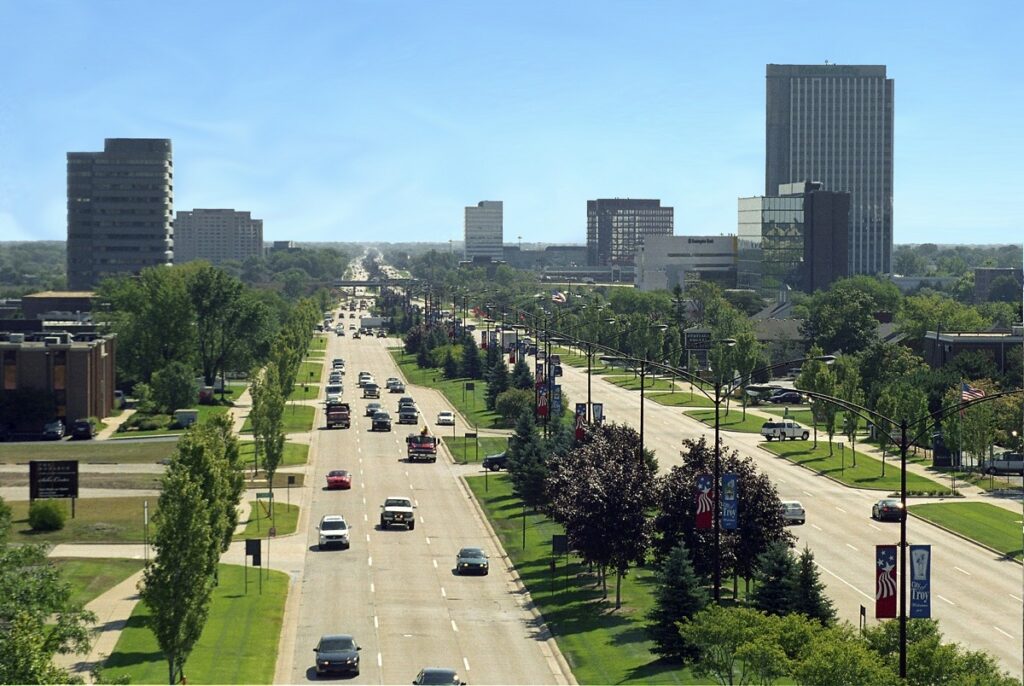
Moving to Troy, Michigan: A Comprehensive Relocation Guide
Considering moving to Troy, Michigan? In the heart of Oakland County, Troy blends corporate campuses, top schools, and well-kept neighborhoods with fast regional access. This 2025 relocation guide covers demographics, costs, jobs, education, lifestyle, healthcare, transportation, and more for anyone moving to Troy MI.
Demographic Profile to Consider If Moving to Troy:
Troy’s population is roughly 87,000 in 2025. Neighborhoods range from mid-century subdivisions to newer cul-de-sacs and luxury condos near major corridors. You’ll find a highly educated, globally diverse community with strong civic engagement and a focus on quality-of-life amenities. Find trusted local services for moving, living, and working in Troy.Troy Relocation Directory
The city’s commercial corridors (Big Beaver, Maple, Rochester, and Crooks) anchor shopping and dining, while parks and trail connections create family-friendly pockets throughout the city.
Cost of Living to Consider If Moving to Troy:
Housing costs are higher than Michigan averages but competitive within Oakland County. Single-family homes include updated ranches and contemporary colonials; townhomes and upscale apartments provide lower-maintenance options. Property taxes vary by neighborhood and school boundaries. Everyday costs—utilities, groceries, services—track with metro Detroit suburbs of similar profile.
Economy and Job Market:
Troy is one of metro Detroit’s major employment centers with automotive engineering, financial services, consulting, and advanced manufacturing. Many Fortune 500 suppliers and professional-service firms maintain offices here. Proximity to I-75 and M-59 expands access to Detroit, Auburn Hills, Warren, and Southfield job hubs, while hybrid work remains common in 2025.
Education:
Troy School District is among Michigan’s most respected, drawing families for rigorous academics, arts, and athletics. Private and parochial schools are available nearby. Higher education access includes Oakland University, Walsh College, and community college programs geared to business and engineering.
Recreation and Lifestyle:
Troy’s parks system supports leagues, trails, and year-round activities. The Troy Community Center, Stage Nature Center, and regional shopping at Somerset Collection offer recreation and entertainment. Dining spans global cuisines reflecting the city’s diverse population.
Healthcare and Services:
Major systems—including Corewell (Beaumont), Henry Ford, and Ascension—operate hospitals and specialty centers minutes away in Troy and neighboring cities. Urgent care, dental, and specialty practices are plentiful.
Transportation:
I-75, M-59, and Big Beaver Rd. provide quick regional mobility. Public transit via SMART links Troy to neighboring suburbs and Detroit; most residents drive for daily commutes. Detroit Metropolitan Airport is about 35–45 minutes in typical traffic.
Conclusion:
Moving to Troy MI in 2025 offers high-performing schools, strong corporate access, and polished suburban neighborhoods—an appealing package for professionals and families seeking Oakland County convenience.

